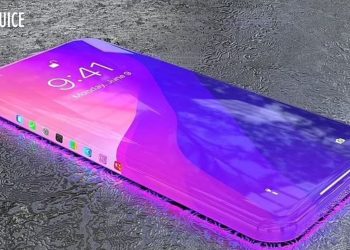The NASA Curiosity rover Uncovers Unprecedented Sulfur Rocks on Mars to date: rocks composed of pure sulfur. This unexpected find occurred when the rover inadvertently drove over a rock, cracking it open and revealing yellowish-green crystals that had never been seen before on the Red Planet.
Ashwin Vasavada, Curiosity’s project scientist at NASA’s Jet Propulsion Laboratory, described the discovery as the “strangest” and “most unexpected” of the mission. “There’s a lot of luck involved here. Not every rock has something interesting inside,” Vasavada remarked.
The Curiosity team had been focusing on the Gediz Vallis channel, a significant geological feature on Mars believed to have been shaped by flowing water and debris around 3 billion years ago. The rover, which has been exploring Mount Sharp since 2014, was directed to examine this channel due to its historical importance.
On May 30, Curiosity’s team noticed a rock lying in the rover’s wheel tracks. When the rover’s camera captured a close-up of the rock, scientists were astounded by the “mind-blowing” discovery of pure sulfur, previously unseen on Mars. This sulfur find adds a new dimension to Curiosity’s mission, which aims to determine whether Mars ever hosted habitable environments.
Previously, the rover had discovered sulfates on Mars—salts containing sulfur formed by evaporated water—but the presence of pure sulfur is unprecedented. Sulfur on Earth typically forms in volcanic regions or hot springs, making its appearance on Mars even more intriguing.
Curiosity’s discovery of sulfur follows another significant finding by the Spirit rover, which revealed nearly pure silica, suggesting that Mars might have once had conditions suitable for microbial life. This discovery was instrumental in guiding Curiosity’s mission.
The rover also found a flat area scattered with bright white rocks near Gediz Vallis, which initially puzzled scientists. The rocks, which were too brittle for drilling, were later identified as sulfur-rich after the unexpected crushing of a sulfur-containing rock.
Briony Horgan, a planetary scientist and co-investigator on the Perseverance rover mission, expressed her astonishment at the discovery. “Pure elemental sulfur is very unusual because we mostly find it in specific environments on Earth,” she said, referring to hydrothermal vents and hot springs.
Curiosity’s mission in the Gediz Vallis channel has provided valuable insights into the Martian environment. The channel, formed by ancient floods and debris flows, has revealed layers of Martian history, including periods of wet and dry conditions.
Scientists are currently analyzing the sulfur rock and surrounding minerals to understand their formation processes. “This discovery is like unwrapping a gift,” Vasavada said. “We’re unraveling the layers of Mars’ past.”
The ongoing exploration of Gediz Vallis and Mount Sharp continues to yield fascinating results, with Curiosity expected to further investigate the region’s geology. Despite facing technical challenges over its 12-year mission, the rover remains in good condition, providing crucial data about Mars’ history and potential for past life.
As Curiosity continues its journey, the team remains hopeful for more surprising discoveries. “We’re making the most of this incredible opportunity,” Vasavada concluded. “Our landing site has proven to be a treasure trove of scientific wonders.”







